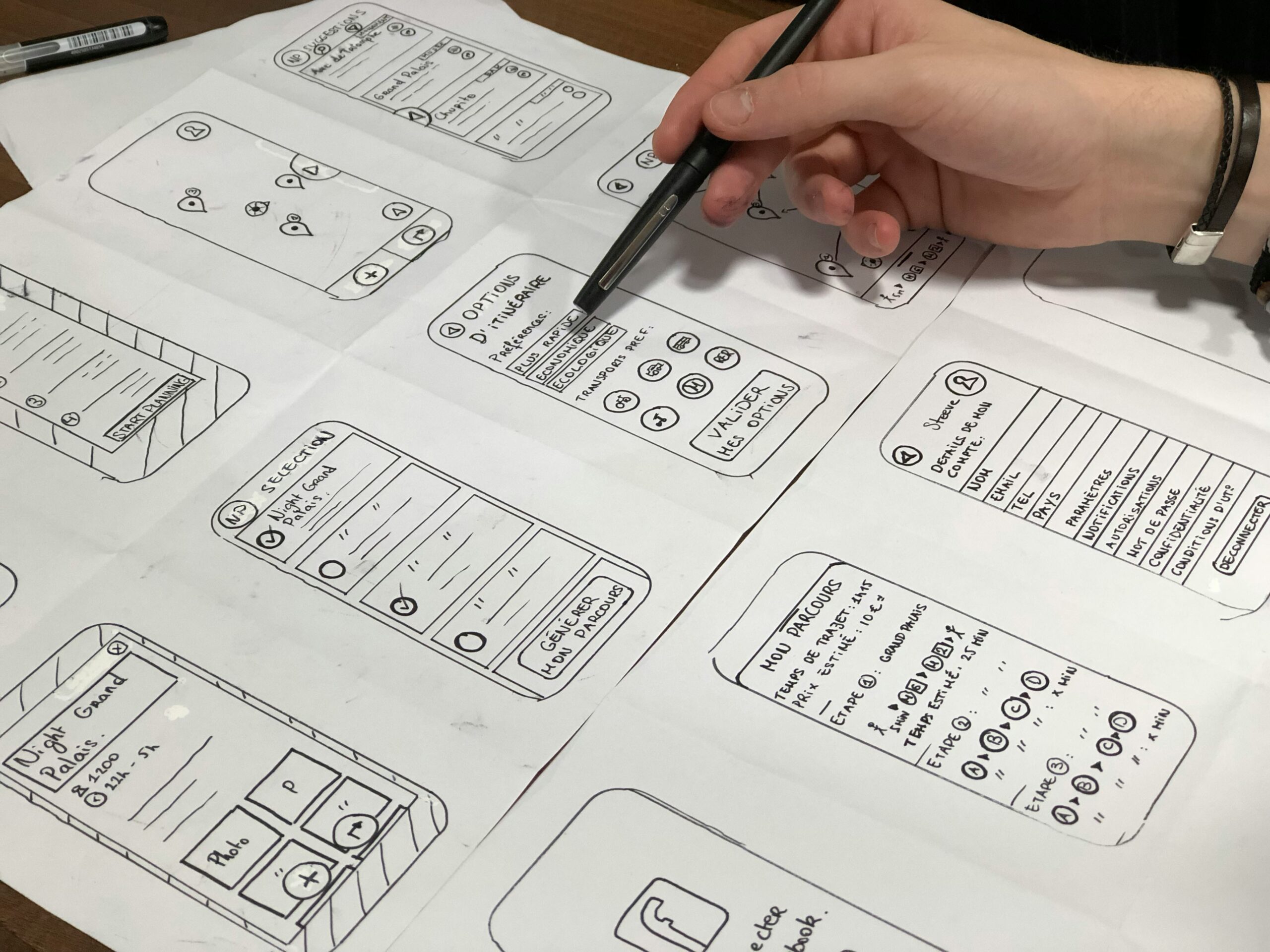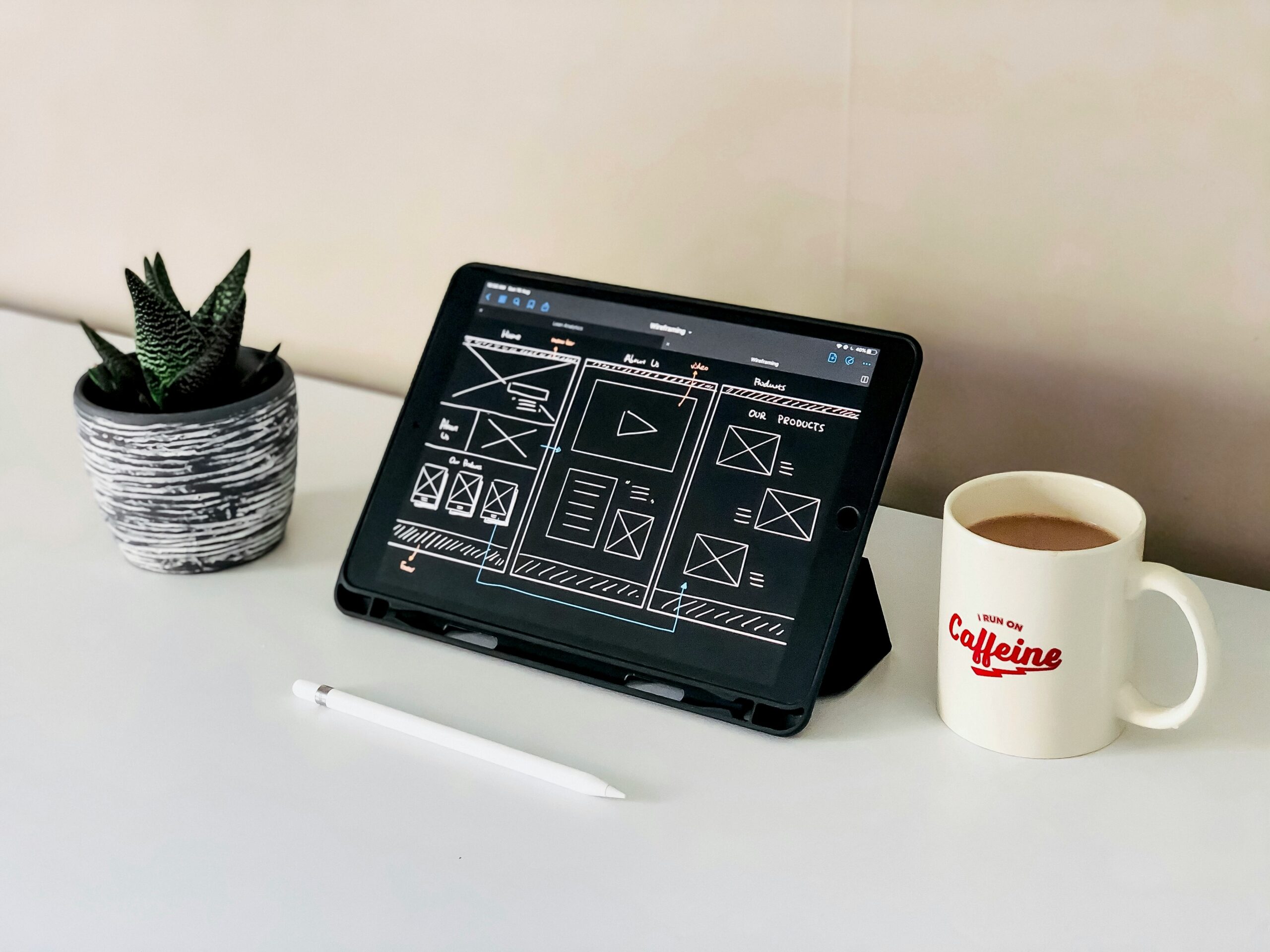In today’s fast-paced digital world, user experience (UX) and user interface (UI) have become crucial elements in creating successful websites, applications, and digital products. The focus of design has shifted from creating visually appealing interfaces to delivering seamless and intuitive experiences for users. This user-centric revolution has transformed the way we approach UI/UX paradigms in the modern age.
Understanding User-Centric Design
User-centric design is an approach that places the needs, preferences, and behaviors of users at the center of the design process. It involves understanding the target audience, their goals, and their pain points to create interfaces that are intuitive, efficient, and enjoyable to use. By prioritizing the user’s experience, businesses can enhance customer satisfaction, increase engagement, and drive conversions.
The Importance of UI/UX Paradigms
UI/UX paradigms play a crucial role in shaping the overall user experience. UI refers to the visual elements and layout of a digital product, while UX focuses on the overall experience and usability. Both UI and UX need to work together seamlessly to create a positive user experience.
When it comes to UI, modern design trends emphasize simplicity, minimalism, and clean aesthetics. Flat design, for example, has gained popularity due to its simplicity and focus on usability. It removes unnecessary visual clutter and provides a clean and intuitive interface for users.
On the other hand, UX focuses on creating a smooth and frictionless experience for users. This involves understanding user behavior, conducting user research, and optimizing the user journey. UX designers use various techniques such as user flows, wireframes, and prototypes to ensure that the product meets user needs and expectations.
Exploring UI/UX Paradigms for the Modern Age
As technology continues to evolve, UI/UX paradigms have also evolved to meet the changing needs of users. Let’s explore some of the key UI/UX paradigms that are shaping the modern age:
Responsive Design:
In the era of mobile devices, responsive design has become a necessity. Responsive design ensures that websites and applications adapt seamlessly to different screen sizes and devices. This enables users to have a consistent experience, whether they are accessing the product on a desktop, smartphone, or tablet.
Microinteractions:
Microinteractions are small, subtle animations or feedback that provide users with instant feedback and enhance the overall user experience. They can be as simple as a button changing color when clicked or a progress bar indicating the loading time. Microinteractions add a layer of interactivity and delight to the user experience.
Voice User Interface (VUI):
Voice user interfaces have gained popularity with the rise of virtual assistants like Siri, Alexa, and Google Assistant. VUI allows users to interact with digital products using voice commands, making it more accessible and convenient. Designing for VUI requires a different approach, considering factors such as natural language processing and voice recognition.
Dark Mode:
Dark mode has become a popular UI trend, offering a dark color scheme that reduces eye strain and improves readability in low-light environments. It not only enhances the visual appeal but also saves battery life on devices with OLED screens. Dark mode has become a preferred choice for many users, and it is now being adopted by various applications and operating systems.
Gesture-Based Navigation:
Gestures have become an integral part of modern user interfaces, especially on touch-enabled devices. Gesture-based navigation allows users to interact with the interface through swipes, pinches, and taps, providing a more intuitive and immersive experience. Designing for gesture-based navigation requires careful consideration of user expectations and ensuring that the gestures are easy to discover and use.
Conclusion
The user-centric revolution has transformed the way we approach UI/UX paradigms in the modern age. By prioritizing the needs and preferences of users, businesses can create interfaces and experiences that are intuitive, efficient, and enjoyable. As technology continues to evolve, it is essential to stay updated with the latest UI/UX trends and paradigms to deliver exceptional user experiences in the digital landscape.












Leave a Reply